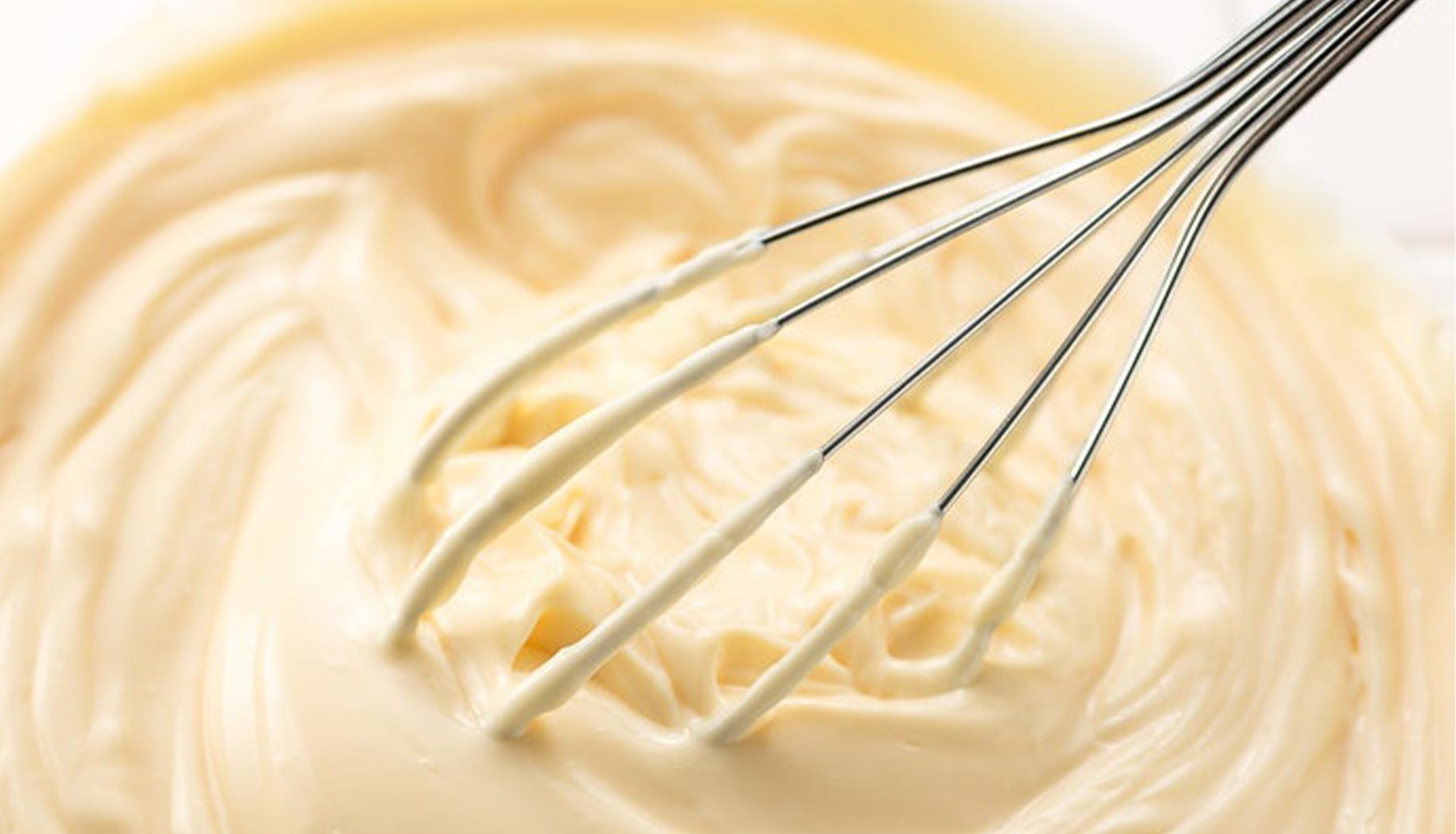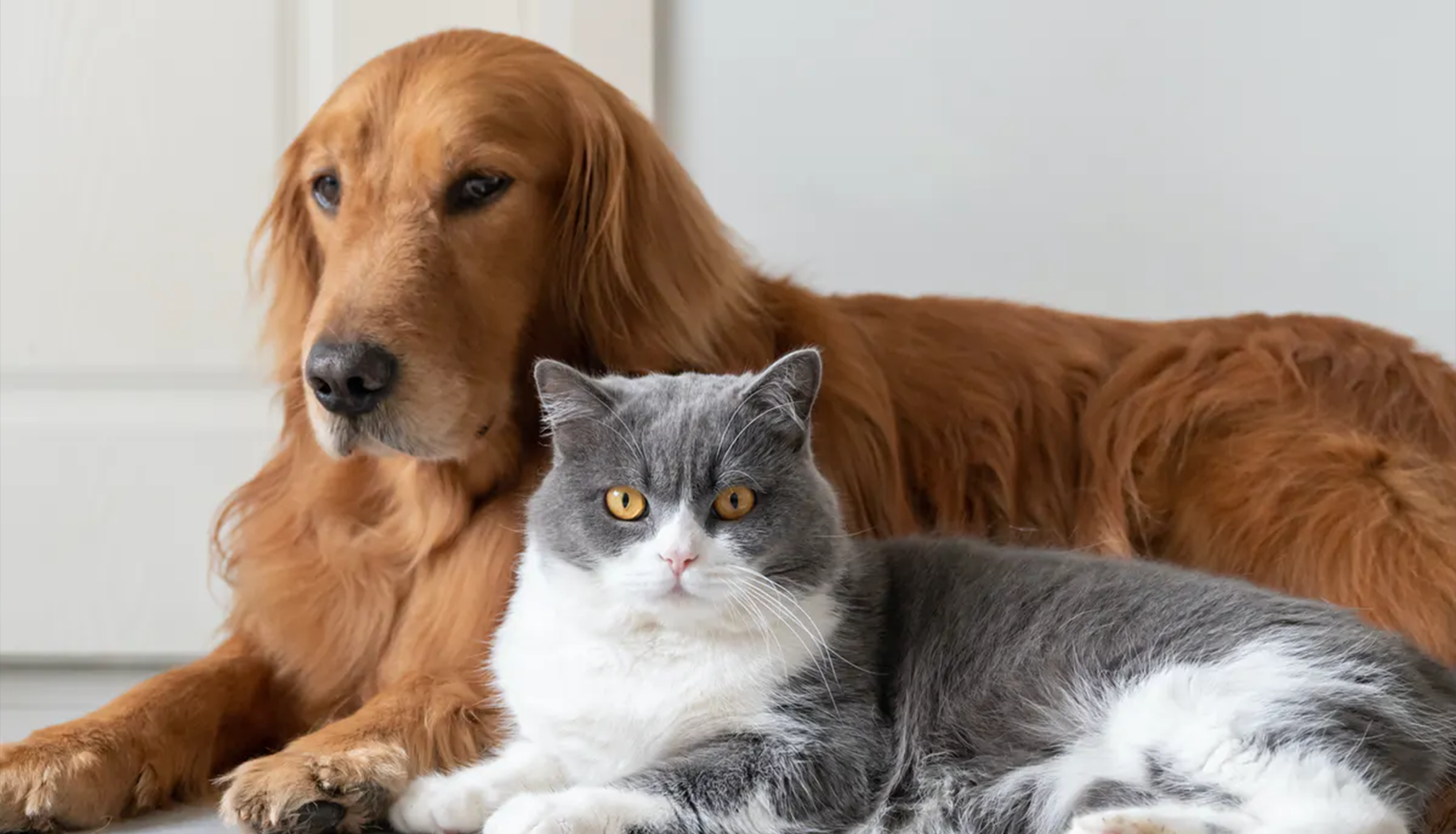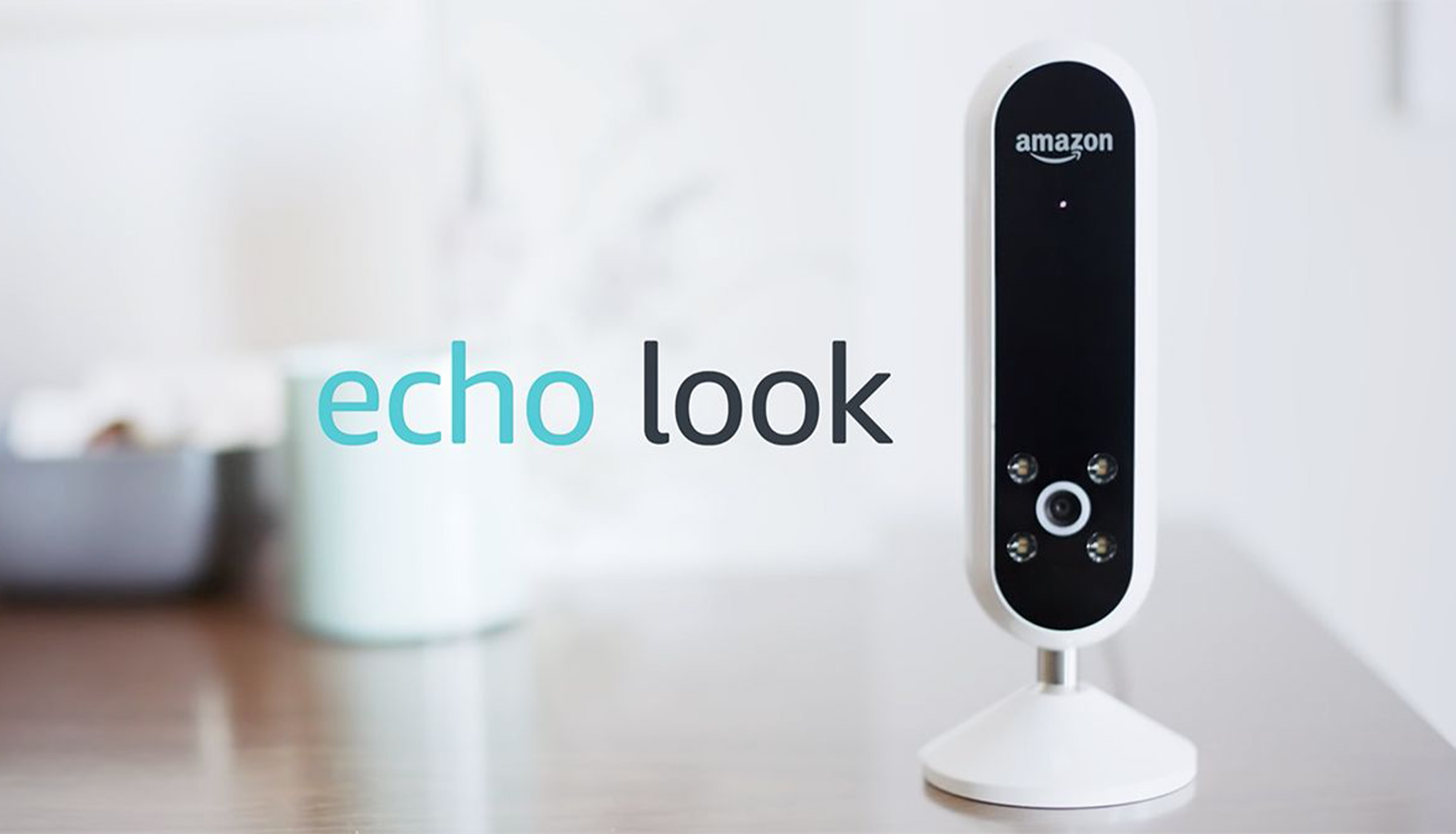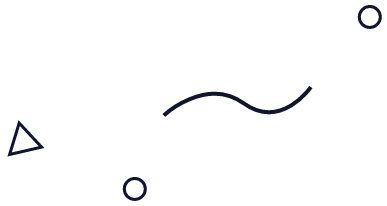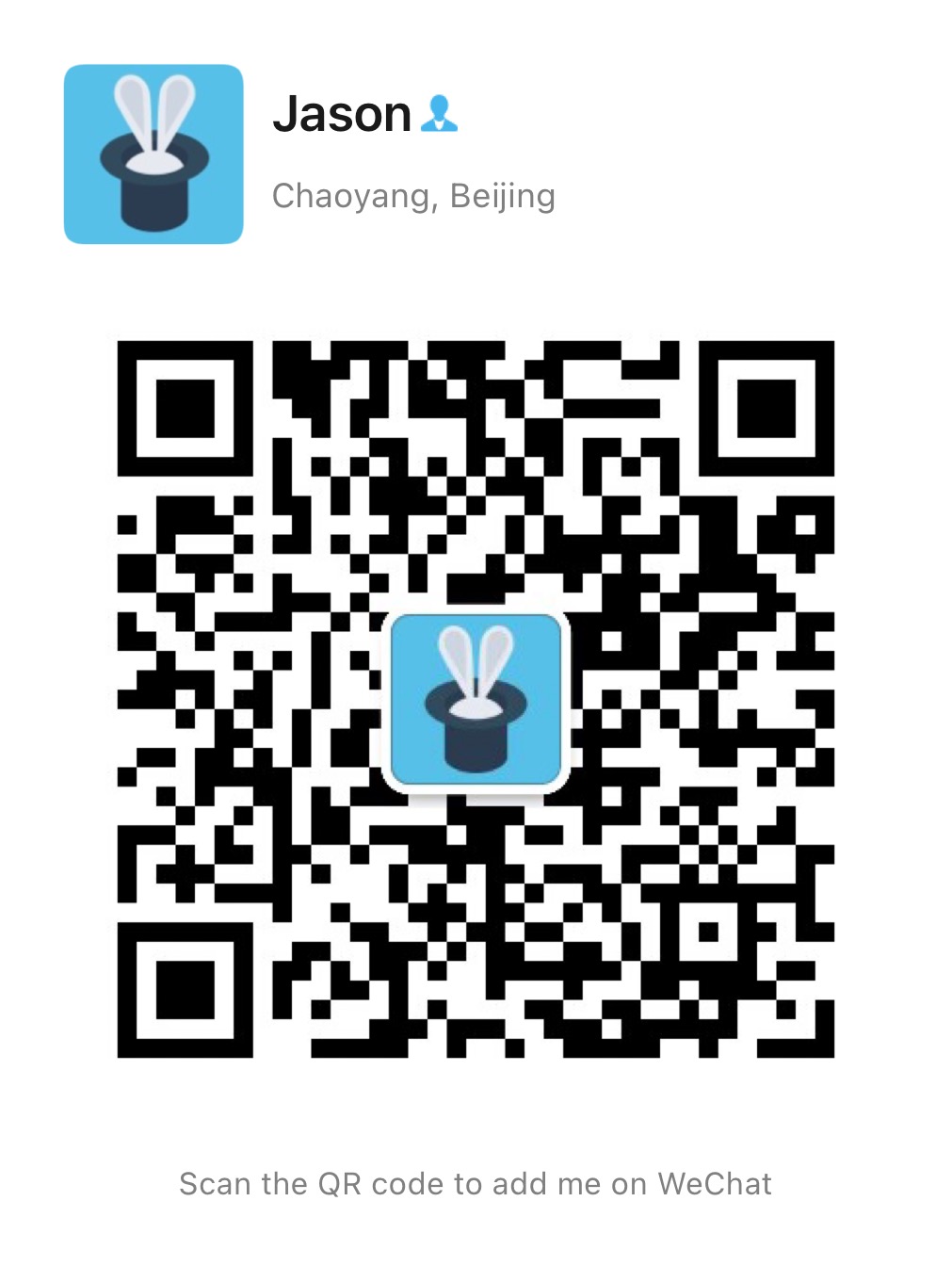Churn Rate Analysis
In this project, I worked for a fintech company that wanted to minimize the churn rate for its app. Mainly focusing on the app features, I could help the company improve the app to keep its customers. To create the best model, I applied feature selection, data balancing, k-fold cross-validation and some other techniques. It is very hard to predict that whether people would churn or not because the churn rate is not balanced, only about 40% of people churned. In the end, I created a model with a 64% accuracy.
Read More.....


